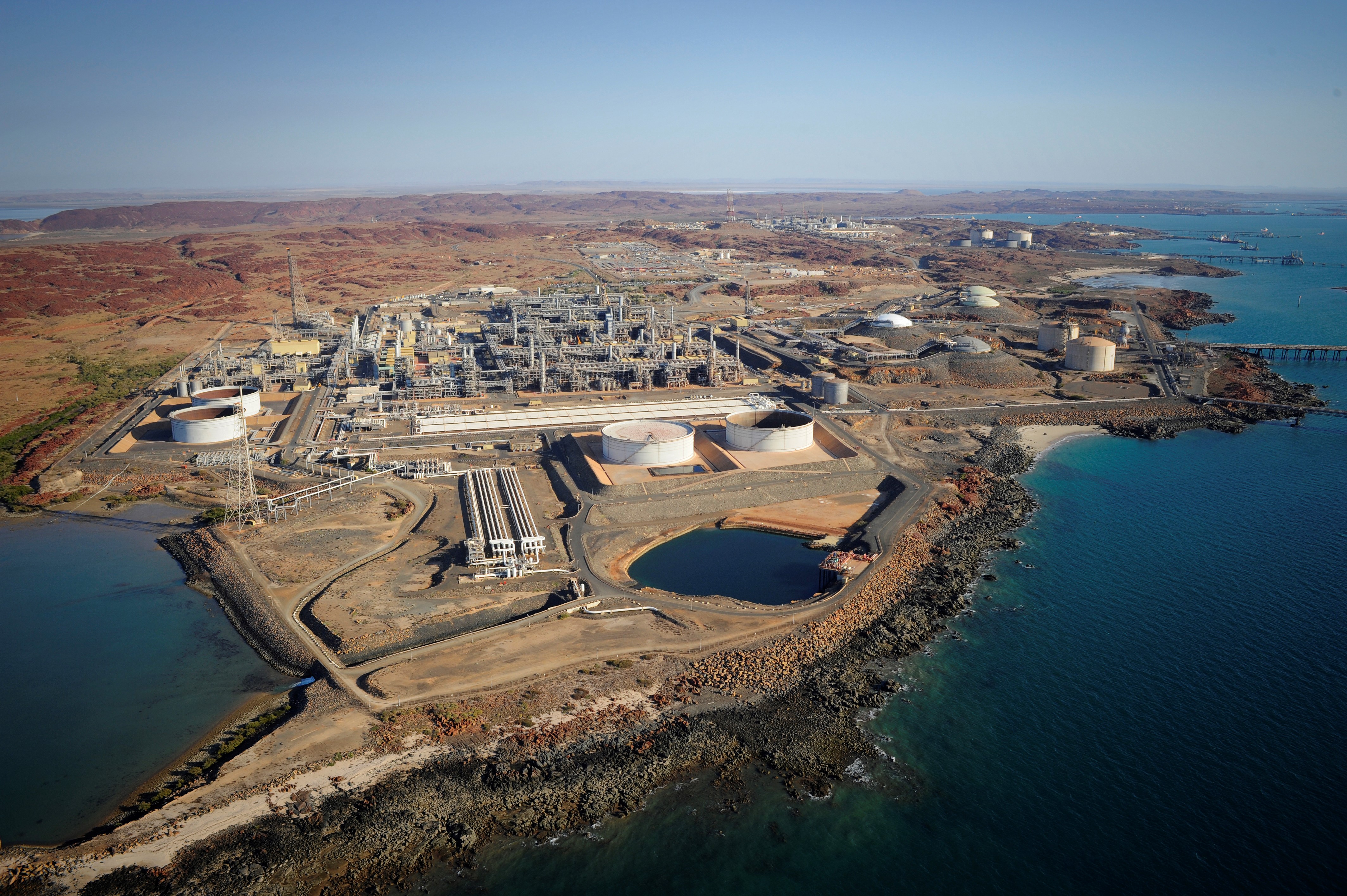The importance of Australia’s natural gas exports to reducing global greenhouse gas emissions is underlined in the latest government estimate released recently with the December Quarterly Update of Australia’s National Greenhouse Gas Inventory.
Energy Minister Angus Taylor highlighted that Australia’s liquefied natural gas (LNG) exports were saving global emissions equal to over a quarter of the country’s domestic greenhouse gas emissions.
APPEA Chief Executive Andrew McConville said this key contribution of Australia’s LNG industry was not always recognised in the broader energy debate.
“The global appetite for energy is growing, with more than 1.1 billion people still lacking access to electricity. Substituting LNG for more emissions-intensive fuels allows importing countries to satisfy growing demand while reducing emissions,” Mr McConville said.
“When replacing other fuels, LNG can cut emissions by around 50 per cent. LNG also helps developing countries to reduce air pollution, a major cause of millions of premature deaths.
“The latest government estimate suggests that Australia’s LNG exports have the potential to lower emissions in importing countries by around 148 million tonnes by displacing coal consumption in those countries.”
This conservative estimate equates to over a quarter of Australia’s total annual emissions and is more than the entire emissions from the Australian transport and waste sectors combined.
“Climate change is a global problem that requires a global solution, delivered through a national approach,” Mr McConville said.
Australia’s LNG projects will deliver decades of economic growth, jobs and exports as well as strong regional and global environmental benefits.
Australia’s LNG export earnings are expected to increase by 62 per cent to $50.2 billion in 2018‑19 and are forecast to reach $52.6 billion in 2019-20, according to figures recently released by the Department of Industry, Innovation and Science.




